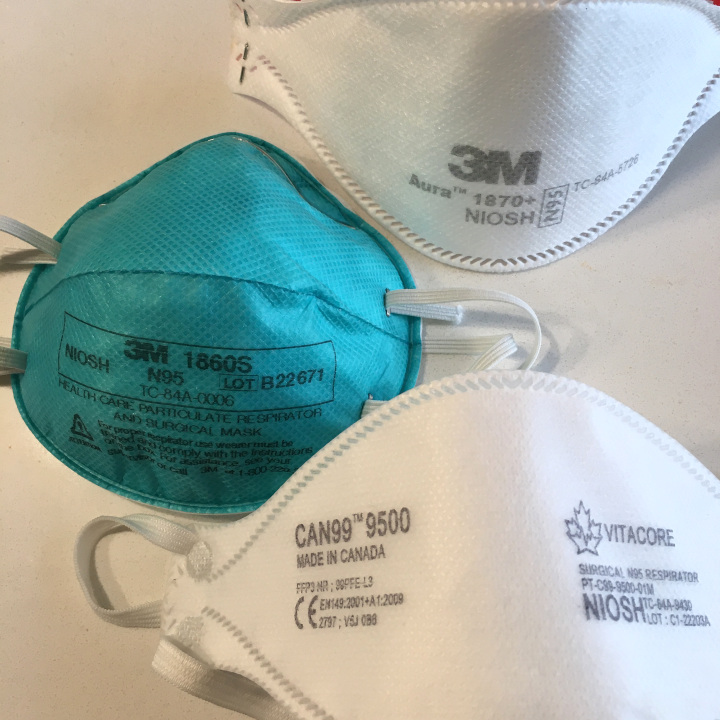A couple of days after the election this year I wrote that I thought a lot of the anti-incumbent movement these past couple of years had to do with unprocessed trauma from the global pandemic. Here in America, we lost over 1.2 million people in a very short time from a deadly disease that humans had never seen before. Within just a few weeks in the spring of 2020, New York City alone had lost more than 15,000 people. All of our medical systems were strained, supplies were unavailable and the whole country, the whole world, was in a state of barely suppressed panic. I don’t think we’ve ever really dealt with exactly what happened. And now we are in danger of doing it all over again.
Donald Trump failed miserably at the most important thing he was tasked with doing at the time: reassuring the public. He instead lied, complained, pushed snake oil cures and worried more about the effects of the pandemic on his re-election prospects than the health of the American people. Bob Woodward’s book “Rage” lays out a terrifying narrative, from taped interviews with Trump himself, of just how inept and dishonest he was.
Mother Jones’s David Corn reported on the findings of The Select Committee on the Coronavirus Crisis which found that senior Trump officials tried to block CDC scientists from warning the public and barred them from holding press conferences as would be the usual protocol, substituting those demented Trump TV briefings instead. The White House listened to conspiracy theorists and unorthodox quacks with little experience in the field and leaned on the Centers for Disease Control (CDC) to change its recommendations. The result of Trump’s mismanagement of the crisis is estimated to have resulted in hundreds of thousands of unnecessary deaths in the days before the vaccines became widely available.
